Buick 1998 Regal User manual
Other Buick Automobile manuals

Buick
Buick 1997 Riviera User manual
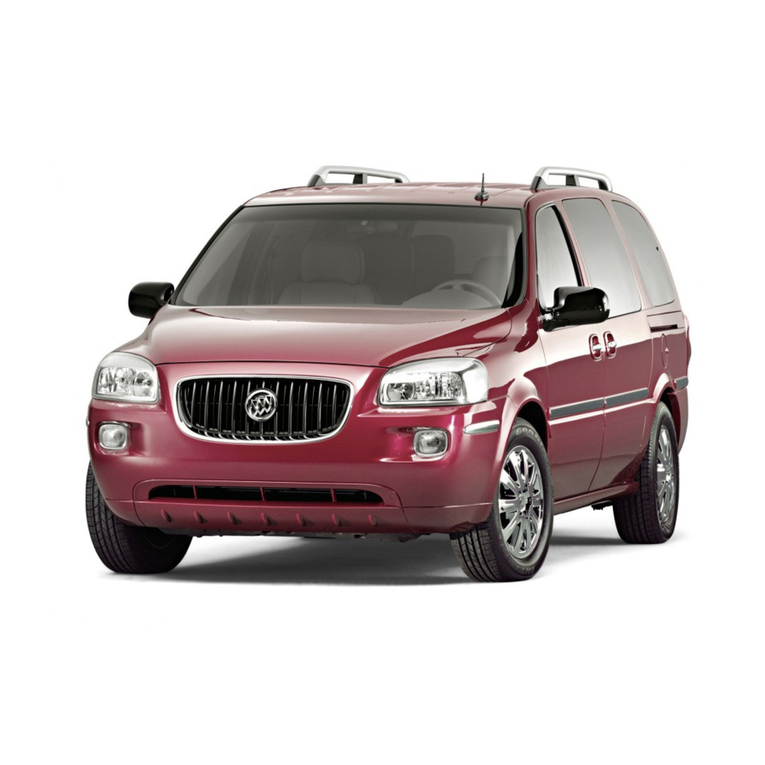
Buick
Buick 2005 Terraza User manual
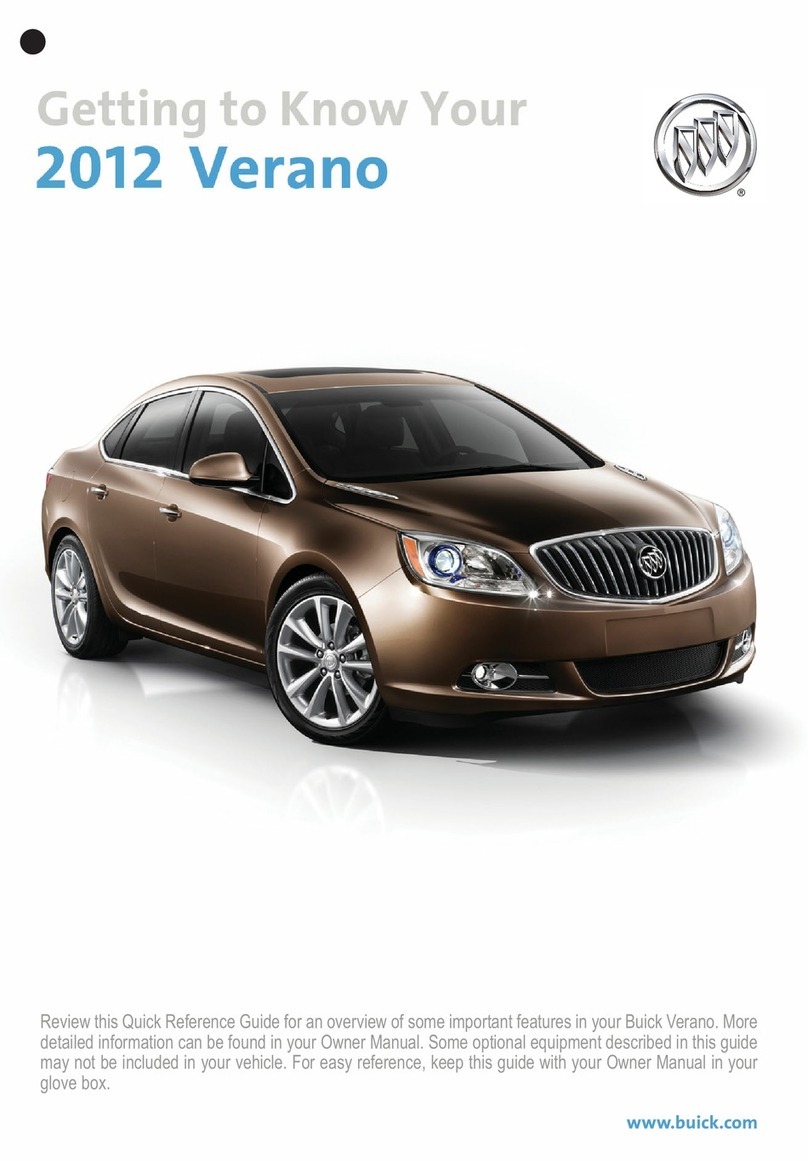
Buick
Buick Verano Assembly instructions

Buick
Buick 2010 Lucerne User manual
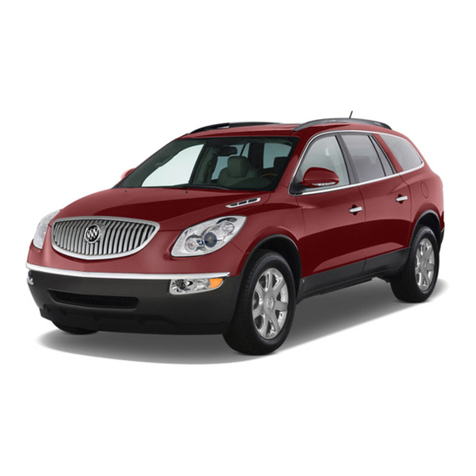
Buick
Buick 2010 Enclave User manual
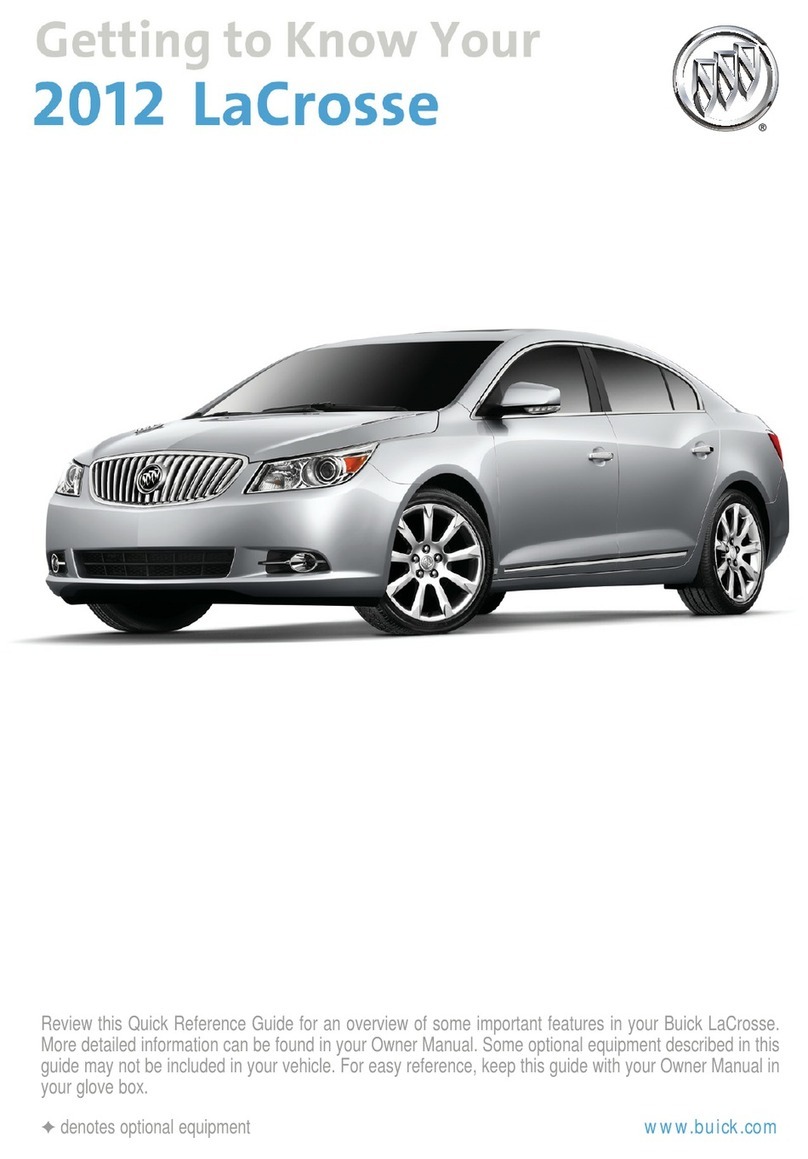
Buick
Buick 2012 LaCrosse Assembly instructions
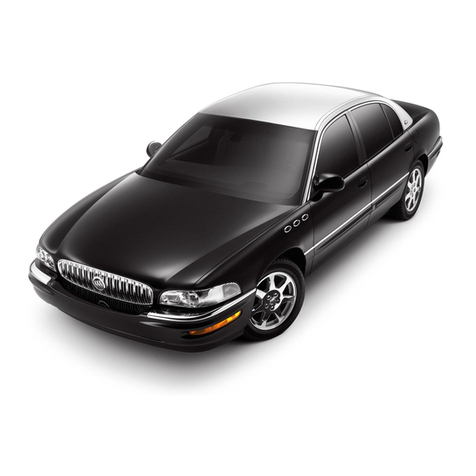
Buick
Buick 2005 Park Avenue User manual

Buick
Buick 2006 Rainier Guide
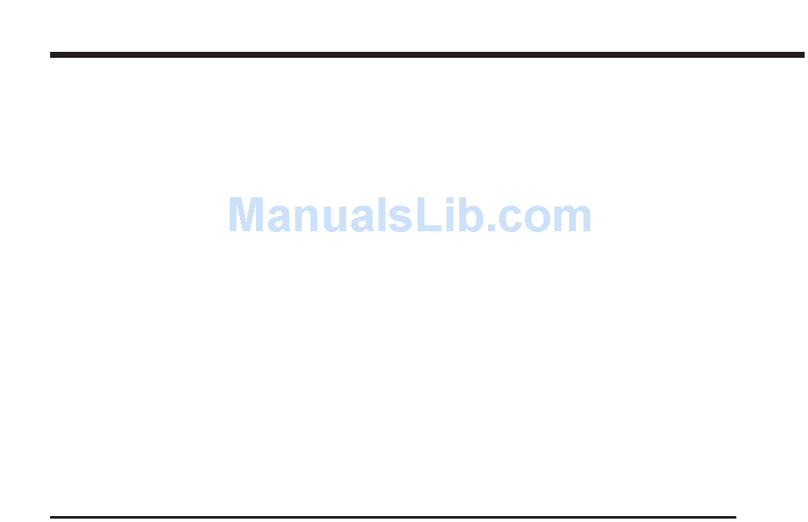
Buick
Buick 2007 LaCrosse User manual

Buick
Buick 2012 LaCrosse User manual
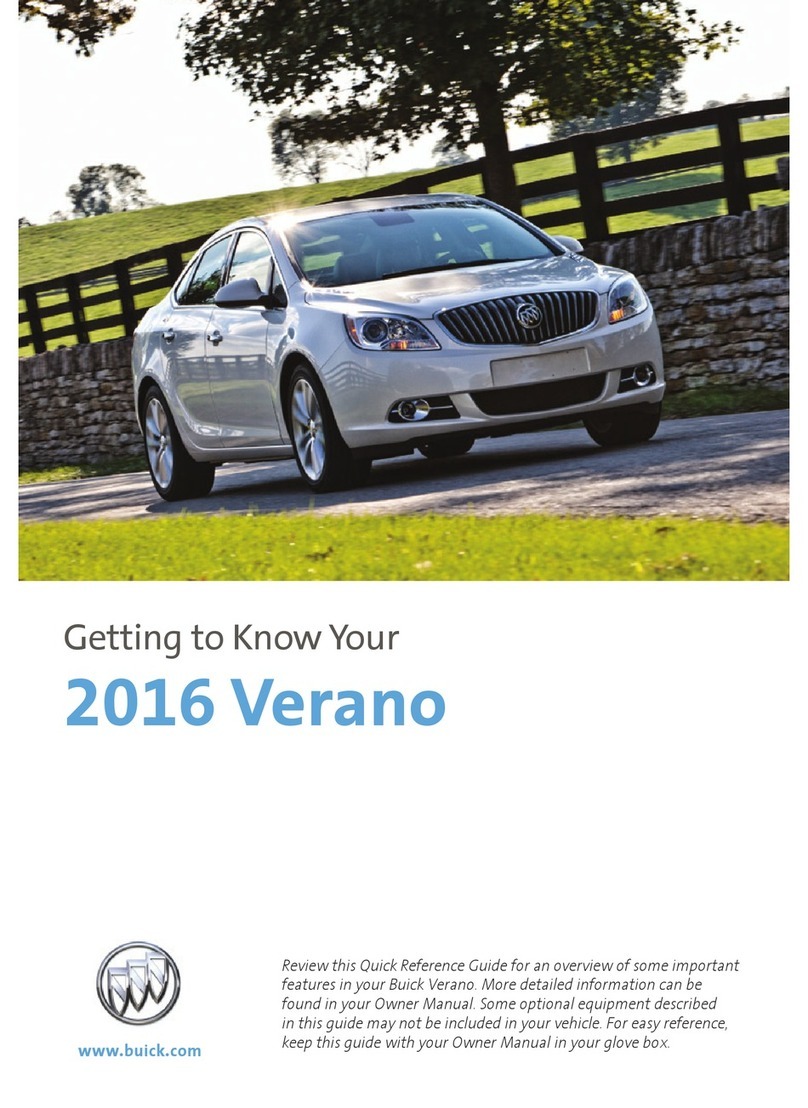
Buick
Buick 2016 Verano Assembly instructions

Buick
Buick PARKAVENUE 1997 User manual

Buick
Buick 1999 Riviera User manual
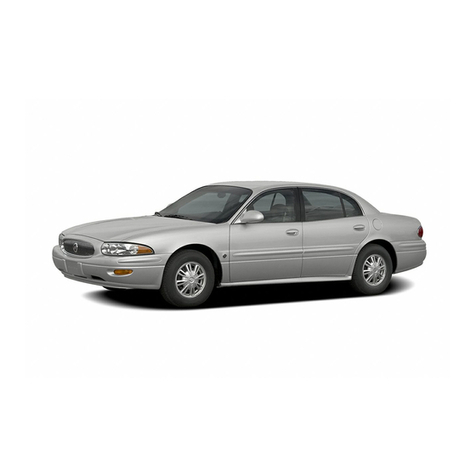
Buick
Buick 2005 LeSabre User manual
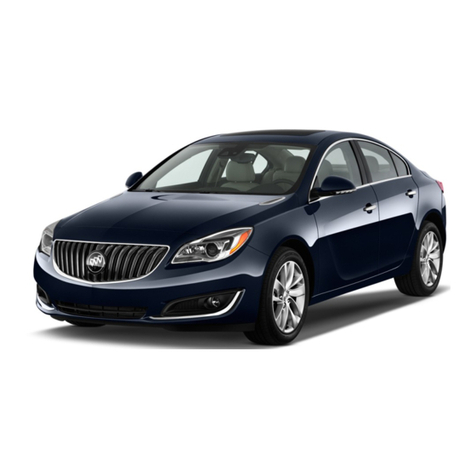
Buick
Buick 2014 Regal Infotainment System User manual
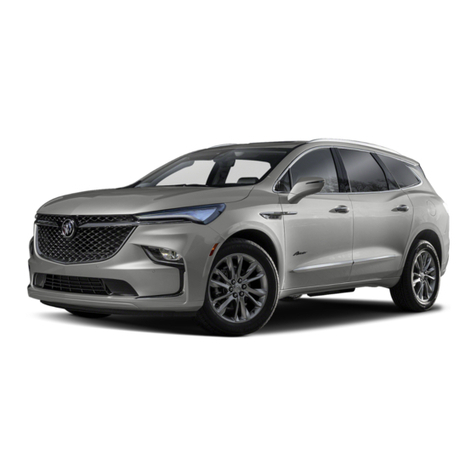
Buick
Buick 2022 ENCLAVE User manual

Buick
Buick 2003 Century User manual

Buick
Buick Rainier 2005 User manual

Buick
Buick CENTURY 1996 User manual

Buick
Buick Enclave User manual































